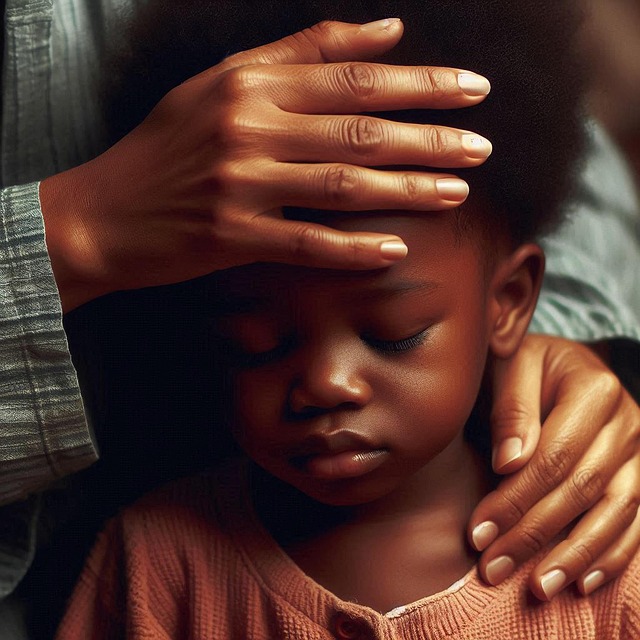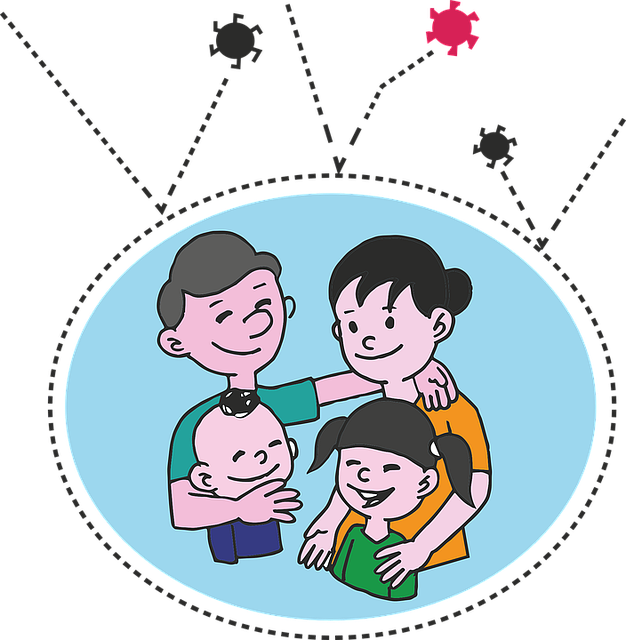Child Welfare Legal Services in Oregon, particularly within Lane County, are crucial in protecting vulnerable children through a comprehensive support system. Balancing child safety and familial preservation, these services offer legal representation, safeguard parental rights, and address complex issues like custody and visitation. Key stakeholders must understand this intricate field to navigate Oregon family law effectively, with Lane County child advocacy playing a vital role in DHS child welfare cases by providing specialized legal assistance and holistic care.
“In the intricate realm of child protective services (CPS), understanding the nuances of legal matters is paramount for ensuring vulnerable children’s safety and well-being. This comprehensive guide delves into the core components of child welfare legal services, focusing on key aspects such as parental rights protection, DHS child welfare cases, and local support networks like Lane County’s advocacy programs. Additionally, we explore Oregon family law’s role in CPS, offering valuable insights through real-world case studies.”
- Understanding Child Welfare Legal Services: An Overview
- Parental Rights Protection: Balancing Safety and Family Unity
- Navigating DHS Child Welfare Cases: Process and Procedures
- Lane County Child Advocacy: Local Support for Vulnerable Children
- Oregon Family Law and Child Protective Services: Legal Considerations
- Case Studies: Real-World Examples of Effective Advocacy
Understanding Child Welfare Legal Services: An Overview

Child Welfare Legal Services play a pivotal role in protecting and advocating for vulnerable children involved in complex legal situations. These services encompass a range of support, from representation in court to ensuring parental rights protection. In Oregon, particularly within Lane County, child advocacy groups like the local Child Advocacy Center collaborate with DHS child welfare cases to provide comprehensive assistance.
The legal framework surrounding child protective services law in Oregon is designed to balance the safety and well-being of children with the preservation of family units where possible. This delicate equilibrium involves navigating sensitive issues such as custody, visitation, and termination of parental rights. Understanding these legal services is crucial for all involved, from parents facing DHS interventions to professionals working within Oregon’s family law system.
Parental Rights Protection: Balancing Safety and Family Unity

In the intricate realm of child welfare legal services, balancing the need for child safety with preserving familial bonds is a delicate task. Parental rights protection is a cornerstone of Oregon family law, ensuring parents are treated fairly while prioritizing the well-being of minors involved in DHS child welfare cases. Lane County child advocacy plays a pivotal role in facilitating this balance by offering legal representation and support to both parents and children, aiming to resolve these complex matters with sensitivity and expertise.
The process involves a thorough examination of each case, considering unique circumstances that may impact family unity. Child protective services law guides the approach, ensuring due process rights are upheld for all parties involved. In many instances, alternative resolutions, such as mediation or family therapy, are explored to foster cooperative co-parenting and minimize the negative impacts on children, especially in challenging Lane County child advocacy cases.
Navigating DHS Child Welfare Cases: Process and Procedures

Navigating DHS Child Welfare Cases involves a complex process designed to protect both children and their parental rights. In Lane County, child advocacy groups play a crucial role in supporting families involved in DHS child welfare cases. These organizations provide resources and legal assistance tailored to Oregon family law, ensuring that all parties understand their rights and obligations. The initial step typically begins with a report of suspected child abuse or neglect, which triggers an investigation by the Department of Human Services (DHS). If substantiated, DHS may involve the court system to determine the best interests of the child, often leading to temporary custody arrangements.
Throughout this process, parental rights protection is paramount. Legal professionals specializing in child protective services law guide families, explaining their legal options and helping them prepare for court hearings. Lane County’s child advocacy efforts aim to foster a supportive environment, offering services that encompass counseling, education, and advocacy. This comprehensive approach ensures that not only are children’s safety and well-being prioritized but also that parents are equipped with the knowledge needed to effectively participate in legal proceedings related to DHS child welfare cases.
Lane County Child Advocacy: Local Support for Vulnerable Children

Lane County Child Advocacy plays a pivotal role in supporting and protecting vulnerable children within the community. This local initiative focuses on providing comprehensive services for children involved in child welfare legal matters, particularly those experiencing abuse or neglect. By specializing in DHS (Department of Human Services) child welfare cases, they ensure that the rights of both children and their parents are upheld while navigating complex Oregon family law.
The advocacy center offers a safe space where children can share their experiences with trained professionals who specialize in child protective services law. This specialized support is crucial for helping children heal and recover from traumatic events. Through collaborative efforts, Lane County Child Advocacy collaborates with local agencies, legal professionals, and community resources to provide holistic care, ensuring that each child receives the necessary assistance to build a brighter future.
Oregon Family Law and Child Protective Services: Legal Considerations

In Oregon, the interplay between Family Law and Child Protective Services (CPS) is a delicate one, especially when it comes to child welfare legal services and parental rights protection. Cases involving CPS, particularly those handled by agencies like DHS child welfare cases in Lane County child advocacy, are complex, requiring a nuanced understanding of both state laws and the unique circumstances of each family. The Oregon family law framework is designed to balance the best interests of the child with the preservation of parental rights, creating a challenging yet essential process for all involved.
When a child is believed to be at risk or in need of protection, CPS becomes involved, conducting investigations and making decisions based on evidence and legal standards. These cases often lead to court proceedings, where child protective services law plays a pivotal role in determining custody, visitation, and other critical aspects. Navigating this legal landscape demands experience and expertise, highlighting the significance of professionals well-versed in both DHS child welfare cases and Oregon family law. This knowledge ensures that every step taken respects both the child’s needs and the parents’ rights, fostering a fair and just outcome for all.
Case Studies: Real-World Examples of Effective Advocacy

In the complex landscape of child welfare legal services, real-world case studies offer invaluable insights into effective advocacy strategies. Lane County child advocacy, for instance, has seen remarkable successes in DHS child welfare cases where dedicated attorneys have fought to protect parental rights while ensuring the best interests of the child are served. These advocates meticulously navigate Oregon family law, leveraging their expertise in child protective services law to achieve positive outcomes.
Through strategic legal interventions, they have successfully represented children and parents in court, addressing critical issues such as custody arrangements, visitation rights, and resource allocation. By studying these case studies, professionals in the field can learn valuable lessons on building strong cases, navigating complex procedures, and fostering collaborations with various agencies involved in child protective services.






